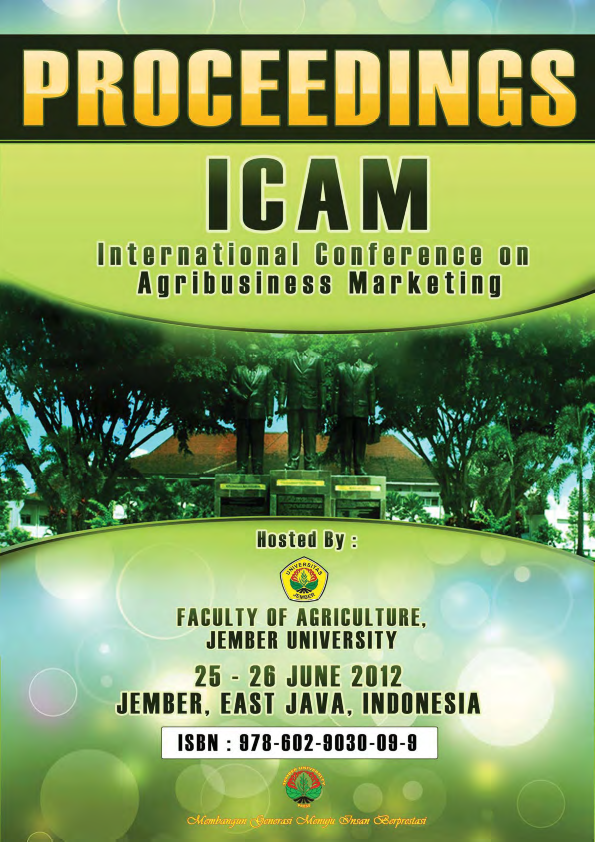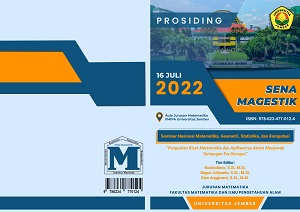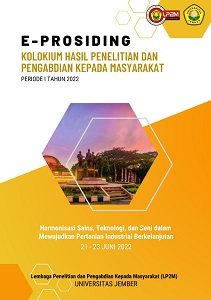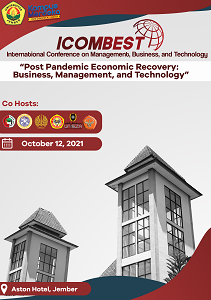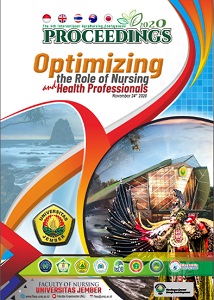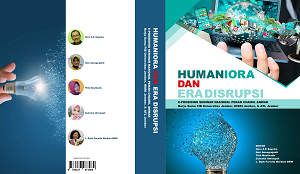FLOOD-PLAIN UTILIZATION IN SOME BEDADUNG’S SUB-WATERSHED FOR PADDY CULTIVATION IN ORDER TO SUPPORT FOOD SECURITY
Abstract
Along with the rapid growth of population on Java island, many land-uses were
change as residential and agricultural-field. One consequence of these conditions was the
increased sensitivity of the environment against climate change like floods in the rainy
season and drought in the dry season. The purpose of study were identifying the floodplain
area in several sub-watershed in Bedadung’s watershed due to utilization of paddy
cultivation as an alternative to use of marginal land to reduce the rate of catchment
deforestation. The research was conducted in several sub-watershed that are part of the
Bedadung watershed i.e : Kaliputih, Dinoyo and Kaliwates. Soil characteristics and
climatic data were collected from Bappeda Jember, BP-DAS and BMKG. Sub-watershed
boundary was identified using Indonesia’s Earth Map scale 1: 50,000, while the
floodplains, land uses and slope based identifified by satellite imagery. Image analysis
performed by open source GIS software, and the risk of crop failure analysis obtained from
the data overlay cropping patterns and the incidence of flooding during the last 20 years.
The results showed that the the largest floodplain that can be utilized for paddy cultivation
expansion was in Kaliputih (48.02%), whereas the highest production level achieved by the
Dinoyo and Kaliputih (70 tons) and the highest level of productivity achieved by the
Kaliwates and Dinoyo (4 ton.ha). Level of risk of crop failure due to environmental
sensitivity in each sub-watershed was 67% for Kaliputih, 48% for Kaliwates and a 35% for
Dinoyo.

